At American Collectors Insurance, we don’t stop at offering great rates on great policies. Our TreasureGuard policy provides broader protection and greater flexibility. Receive a classic car insurance quote in minutes to see how you can save.
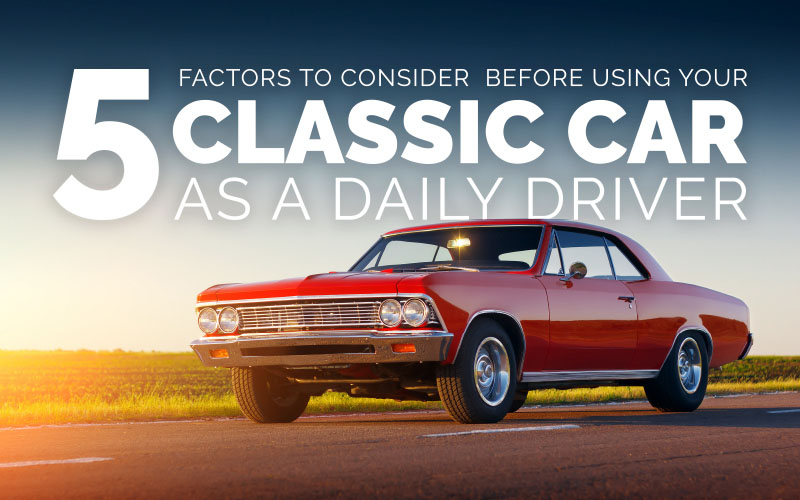
5 Factors to Consider Before Using Your Classic Car as Your Daily Driver
There are many reasons to avoid using your classic car as a daily driver, but sometimes it is unavoidable or deliberate. It happens to all of us. You’re on the road in your classic car on a long weekend. The sun is out, traffic is light, and the windows are down as you cruise past appreciative pedestrians and envious fellow drivers. Your mind starts drifting towards the weekdays to come and you think to yourself: What if I just start driving my baby every day? It will make me happier. What’s the worst that could happen?
There are some unusual circumstances when a classic car can make a decent daily driver, and we’ll cover those below. However, the vast majority of owners should think twice about using a classic car for everyday duties. Here are the five most important reasons to avoid using your classic car as a daily driver:
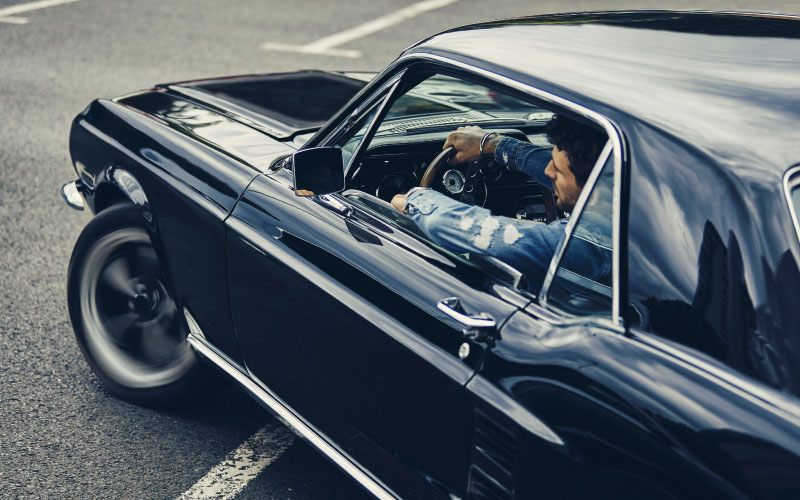
1. Driving a classic car on a daily-basis increases vehicle wear and tear and reduces future resale value.
Ask any auto mechanic: few things are as hard on a car as consistent usage in all weather conditions, and the wear can happen in places you don’t expect. As an example: Many classic cars from the sixties and earlier require frequent chassis lubrication. This would have been done by any service station at the time – but you won’t have much luck getting a full Fifties-style “lube job” done anywhere but a specialist nowadays. Classic cars are chock-full of natural materials like leather, canvas and non-synthetic rubber. All of these can – and do – degrade when used on a daily-basis. There’s a reason five-year-old cars were considered to be almost worthless in 1955! Conventional wisdom also holds true for classic cars, vehicles with higher mileage generally have less appeal and consequently lower resale value (unless you keep detailed maintenance and repair records). Potential buyers will be mindful about vehicle mileage on classic cars available for sale; excessive mileage impacts reliability and increases the likelihood of needing future repairs.
2. Classic cars often fail to meet modern standards for active and passive safety.
It’s true that classic cars, as a whole, have an enviable record for safety – but that is largely due to the friendly conditions under which they are operated. A Sunday cruise to the ice cream store doesn’t present the same sort of risk as a Chicago commute when the roads freeze or an 80-mph bumper-to-bumper morning on a Houston beltway. Classic cars generally are not equipped with anti-lock brakes,
stability control, and other accident-avoidance features. They may not handle as well as modern vehicles and generally require more distance to stop. And, in the event of an accident, they may not have had the extensive crash testing, engineered safety design or passive safety features (like airbags and seatbelt tensioners) that we take for granted in modern vehicles.
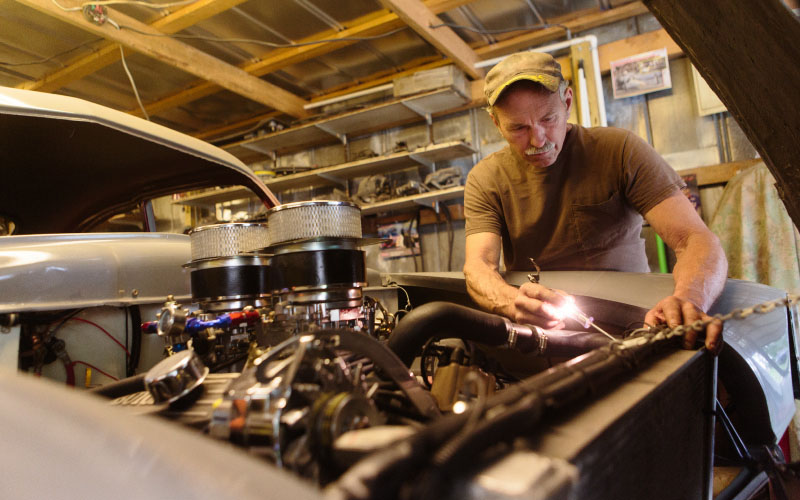
3. Fuel isn’t the only cost that can be higher when you drive a classic car on a daily basis.
A surprising number of classic cars get great mileage, such as the Nash Metropolitan, Volkswagen Type
1 “Beetle”, or even one of the “Miser” compact cars built by Chrysler four decades ago. (If you’re not in a hurry, you can also go a long way on a gallon with a Model T.) When the conversation turns to Hemi Chargers and “fuelie” Corvettes, the fuel economy numbers change in a hurry – and not necessarily for the better. A lot of classic muscle cars and luxury cars struggle to get ten miles per gallon in ideal conditions.
But the costs don’t stop there. Tires, brake linings, belts, and other “consumables” rarely last all that long on classic cars. A modern SUV might get 60,000 miles on the tires and 100,000 miles on the spark plugs, with very little service required beyond that. Classic cars are very different in that regard; maintenance/repair choices and replacement part availability/selection may be limited on many classic car models.
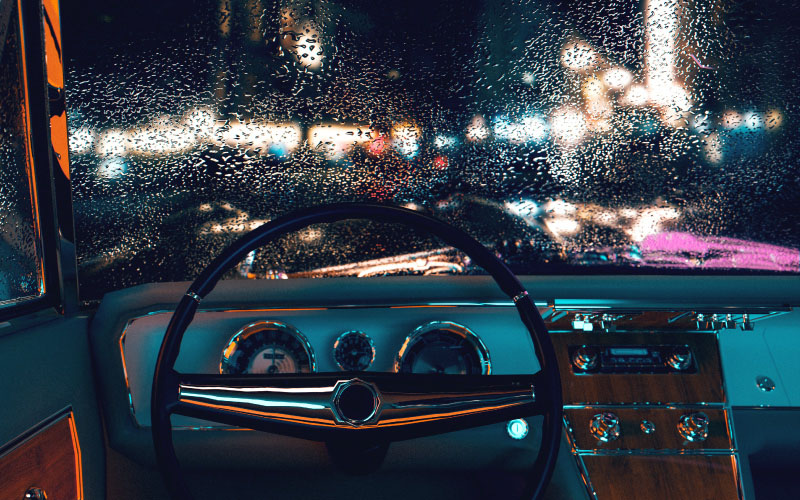
4. Driving a classic car daily exposes it to additional risk.
A scratched bumper on a daily-driven “crossover” or sedan is an annoyance. The same damage to a classic car can be a heartbreaker. It can be even worse if a careless motorist or pedestrian damages something that isn’t easy to repair or replace, such as the complex and unique chrome trim found on many cars from the Forties through the Seventies. A break-in can damage irreplaceable interior trim, window glass, and mechanical parts. The old phrase “it’s only original once” can take on additional meaning if you’re replacing upholstery due to vandalism instead of normal wear. Street parking a classic vehicle exposes it to an even higher degree of risk, particularly for cars manufactured before modern bumper regulations. A light bump that doesn’t trouble the rear bumper of a half-ton pickup can cause thousands of dollars’ worth of damage to a Sixties muscle car.
5. Using a classic car as your daily driver will likely make you ineligible for classic car insurance.
Classic car insurance is almost always the best choice for any classic or collector car with significant historical, financial or sentimental value because it provides better coverage for your insurance dollar. Unlike regular auto insurance, with classic car insurance you can be certain of the claims settlement amount you will receive in the event of a total loss. Drive your classic on a daily basis, however, and you are likely to find out that you are no longer eligible to purchase a classic car insurance policy. Most classic car insurance policies specify that the car cannot be used for commuting or other frequent tasks, restricting your use to “occasional and pleasure” driving. It’s important to realize that you can be in
violation of your policy’s guidelines and have your policy non-renewed if you regularly use your classic vehicle to commute to work/school or regularly use it for errands/general transportation.
Are there situations when a classic car could make for a decent daily driver?
It’s not impossible to use a classic or collector car as a daily driver, but the people who make it work tend to have a lot in common, namely: They live in fair-weather states, they don’t drive long distances, they don’t reach freeway speeds, and they have a readily available “Plan B” if their classic car doesn’t run. One example of this would be “station cars” in Northern California, where the weather is usually good and a bicycle is a viable backup plan – or a vintage farm truck used for runs from a rural property to the local hardware store or diner. Even under these circumstances, you may not qualify for classic car insurance and will need to purchase a regular daily-driver auto insurance policy to cover your classic
vehicle.
What can I do for my classic car to make it a better daily driver?
If you’re absolutely determined to use your classic car daily, you’ll want to cultivate a friendly relationship with a mechanic who specializes in classic cars who can develop a regular schedule of maintenance and parts replacement for you. It’s also a good idea to upgrade your ride with a few modern safety improvements, such as new-generation tires, power steering, disc brakes, led/halogen headlights or improved suspension to improve visibility at night, driving comfort and stopping ability. Finally, if your classic is from the era before mandatory seat belts, that’s another good place to start improving the safety. The plain truth, however, is that you’ll never get a true classic car up to modern standards of safety, durability, or even theft prevention.
For the above reasons, and many others, we continue to recommend that most people use a more modern vehicle for their daily driving needs. This approach will make the days you spend with your classic car more enjoyable, and more precious, because they aren’t happening every day. Savor those special moments with your classic car and drive your everyday miles with your everyday car. Both you and your “baby” will be glad you did.
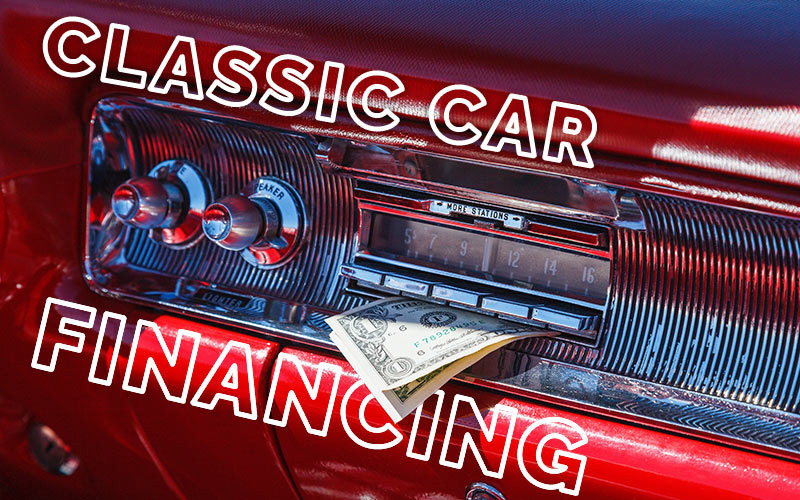
Leave A Comment